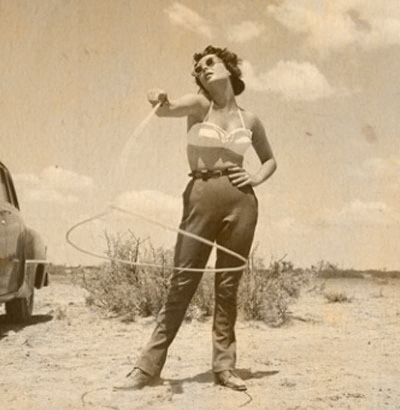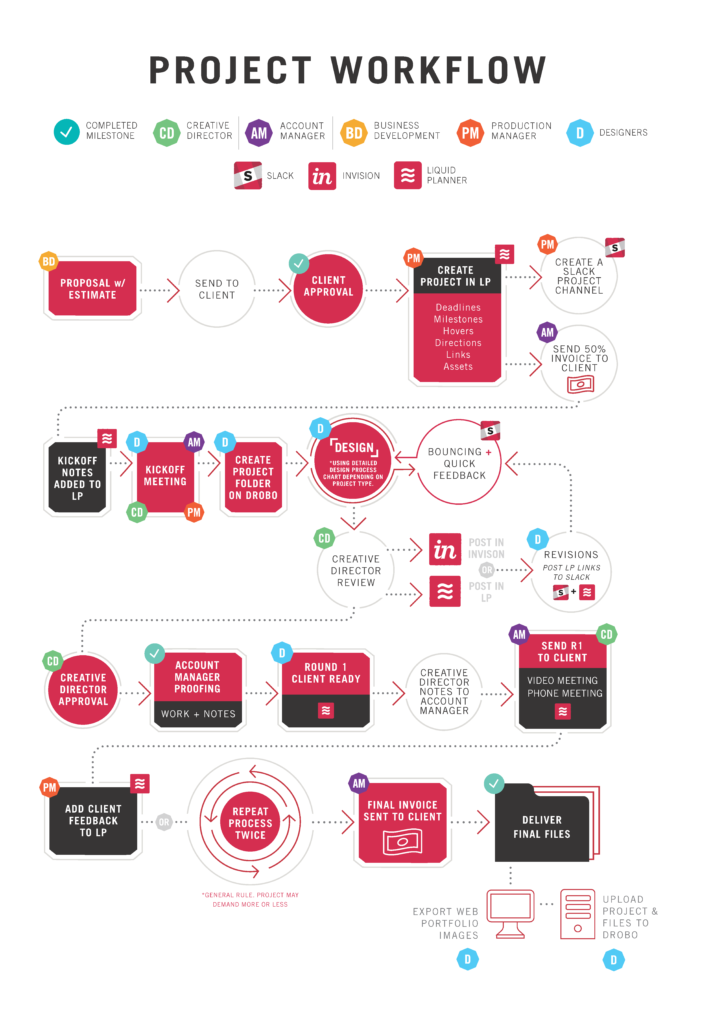As Production Manager at ST8MNT, my job is a lot like herding cats.That is not to say that designers are chaotic people, but the creative process can become very chaotic if you allow it to run boundless. I guide each individual through our work process, keeping the designers organized, on track and moving towards the goal post. In this, I feel very lucky to witness the personal growth and victories of all sizes for each designer. The best way I know how to be a Production Manager, and add value to the team, is by learning each person’s unique personality and curbing the way I delegate accordingly, being their voice when communicating with the leadership team, and regulating the work process to keep creatives and their projects on track so everyone can go home happy.

Foremost, a PM’s biggest challenge is to be able to read people, learn their work habits and understand each team member’s’ unique personality. And boy, do creative minds carry the most unique personality traits I’ve experienced. And by unique I mean sensitive. So how do you rush a timeline to fit a budget when a creative’s mission is to perfect until the cows come home? Good question. I’m still figuring that one out. What I have found is important to me is to sit back and observe how they work, how they interpret information, how they handle stress, how they handle switching from project to project on a daily basis. The list goes on and on.
I wouldn’t be doing anyone any favors, including our clients, if I treated everyone as if they were the same person. One way that I can most effectively observe and analyze is through DiSC tests. These brilliant tests are an excellent tool for those in leadership roles to learn more about individual employees. Rather than spending countless hours trying to understand what motivates the individual, this test is built to dive deep into the brain and study the test takers’ answers. And these days, a person is more willing to tell a computer about themselves than they would tell a human (i.e. blogs, Twitter, Instagram, Facebook, etc…).
KNOWING THE INDIVIDUAL
Once I have a good read on their personality, then I can know when to push, and how far, and when to pull back. For instance, if someone were to take the test and their results put them in the “I” category, meaning influence, then I would give them their highest priority first and allow them to work through that first before giving them the next one. This allows them to stay focused and excited about one thing without getting distracted by the next. To delegate in this manner allows designers to create their best work at a pace that’s suitable for our leaders and our clients.
Here at ST8MNT we love to have top-secret operational meetings so we can continue to plan our takeover of the world.

BEING THE VOICE
Among other things, we discuss upcoming and ongoing projects and discuss efficiency and areas of improvement. As their PM, it’s my responsibility to play middleman and be the voice of our creatives in these meetings. I relay any concerns or new, crazy/brilliant ideas they have to the rest of the leadership team and we problem solve from there. We are open to anything that anyone in our ST8MNT family has to say. If it doesn’t get us super stoked from the start, then it will either spark another idea, a positive change or identify a problem we have that we weren’t aware of before. This is how we can keep ST8MNT a moving, breathing, dynamic agency.
REGULATING WORK PROCESS
Our industry relies heavily on problem-solving, learning from each other, and discovering the unknown. Each designer yearns to find the next coolest trend or piece of technology. And those findings are shown in our work. Each project is unique to the previous project. The designers don’t stick with what’s trending; they design for what’s next. So what’s every Production Manager’s role in that? To ensure they have every reasonable resource available to them and provide them with the knowledge they need about their subject. This includes conducting proper kickoffs, allowing enough time for research, and providing in-depth feedback that comes from both our internal team and the client. Any information about the client and what their expectations are is communicated to the designers. Otherwise, they’re set up for failure. It’s like going camping without a tent. As you probably guessed, this can’t be done alone. My relationship with the Account Manager and Creative Directors is extremely important to regulate and keep everyone on the same page, with the same end-goal in mind. Our Account Manager expresses what the client is looking for, our Creative Director helps guide the designers through the creative process, and I make sure everything is properly communicated and executed.
Ben, a designer here at ST8MNT, talks about our process. It’s a great piece. Why re-invent the wheel? You can read more about that HERE.
This position brings me as much joy and fulfillment as wine does (Just kidding! That would be ridiculous, but it’s a close second). The best thing you can do for your creative team is to step up alongside them, together working to problem solve and get to that finish line with every piece of support and resources available. It is an incredible feeling when I see one of our creatives run a project all the way to the end zone where they receive loads of respect and gratitude for their hard work. It’s all about that strong finish.
Clear eyes. Full hearts. Can’t lose.


